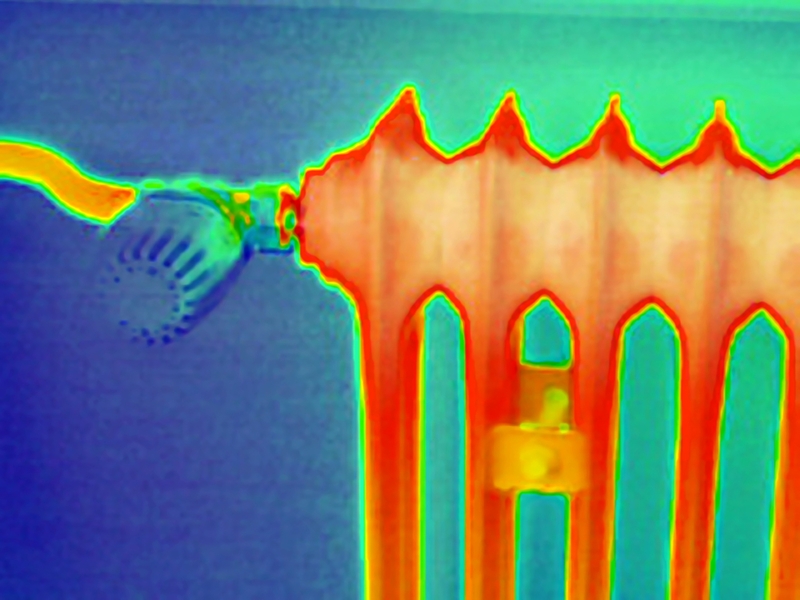One of the best ways to combat unplanned-for equipment downtime is to introduce preventative maintenance scheduling. In determining when and how plant is checked for servicing and repairs, facility managers take control of operational productivity. This is because there is no risk of unexpected breakdowns, and operators can be certain that all devices are working at their most effective.
However, no industrial equipment maintenance schedule is complete without a thermography check. But just what does a thermography inspection include? And why is it so important?

What is thermography?
Thermal imaging devices reveal areas of high heat when compared to the relative surroundings using infrared detection. When heat is emitted from equipment, a detection instrument picks up these light ways and translates them into a detailed temperature pattern map called a thermogram. This can be used in a number of industrial servicing processes.
How is thermal imaging used in plant maintenance?
Thermal imaging has a number of core uses in plant maintenance:
- Monitoring and measuring the performance of temperature-bearing instruments in large motors or other rotating equipment.
- Identifying hot spots or leaks in electronic equipment.
- Locating faulty insulation materials in pipes, or termination points in electrical circuits.
- Checking for overloaded circuit breakers in a power panel.
- Capturing industrial equipment temperatures. For example, checking production system readings is essential to ensuring external factors don't affect the end product.

Why is thermography critical in plant servicing?
Heat is often an early symptom of industrial equipment malfunction or damage – infrared imaging instruments helps to detect heat leaks and thermal buildups within equipment. By detecting these issues early, operators can reduce potential downtime later on, and ensure their industrial plant is always working to its best.
This industrial equipment improvement is just the first step. Using infrared thermal imaging technicians and facility managers can identify minor heat leaks or buildups in equipment that, while not necessarily detrimental to operations, still contribute to wasted spending on power. The more heat leaks in your industrial plant the more likely it is that your equipment will be costing you in higher electricity bills, which can stack up to a significant amount in the long term.
But more importantly is the need to provide a safer working environment for employees. If electrical systems and circuits are overloaded and at risk of fusing, this can potentially place equipment operators or maintenance workers in harm's way. Thermography checks reduce this chance of injury every arising.
How can Testo Australia help?
Testo offers a range of leading solutions to help industrial operators conduct more thorough servicing checks. Whether focusing on electrical or mechanical installations, Testo has a thermographic instrument suitable for your application.

The testo 885 thermal imager is designed for both industrial and building thermography as an ideal solution for all needs within your business, offering these capabilities:
- Inspection of voltage systems
- Optional high-temperature measurement of up to 1,200 degrees Celsius.
- Circuit board thermal analysis
- Building shell thermography checks.
- Energy efficiency and thermal leakage tests.
Testo's 885 also offers the option to upgrade the standard 320 x 240 pixels lens, to help operators capture and interpret data more easily.
The testo 890 thermal imager, meanwhile, offers similar capabilities as Testo's 885, but with a higher resolution lens as standard and increased thermal sensitivity. Testo's 890 solution also offers a sequence capturing feature, to help detect repeat patterns in thermal imagery data. Finally, the testo 890 includes a built-in digital camera and other improved image resolution features, making it a premium thermographic data capturing option.
Contact Testo Australia today for more testing instrument information!









 Reduce cooking oil costs while ensuring quality
Reduce cooking oil costs while ensuring quality Expert knowledge on CO2 monitoring
Expert knowledge on CO2 monitoring Refrigeration knowledge - in 3 modules
Refrigeration knowledge - in 3 modules



